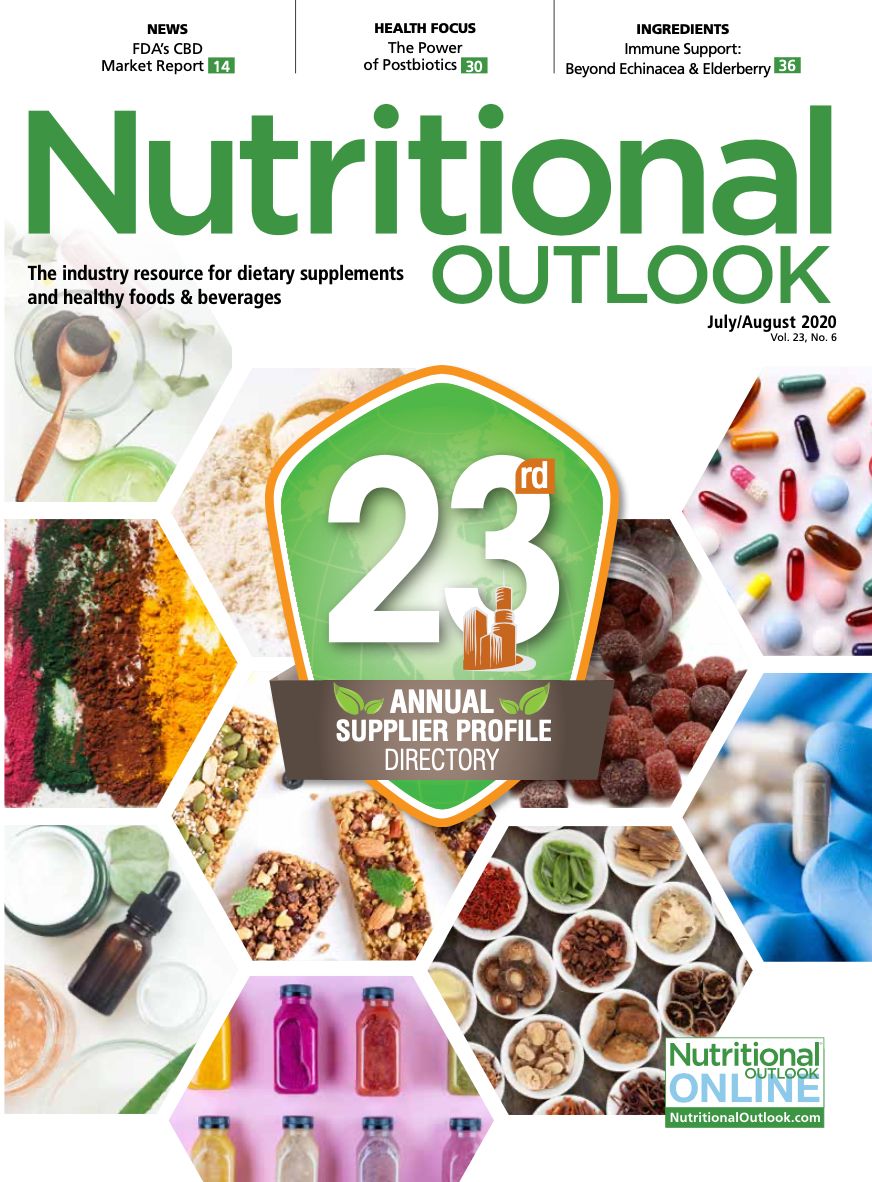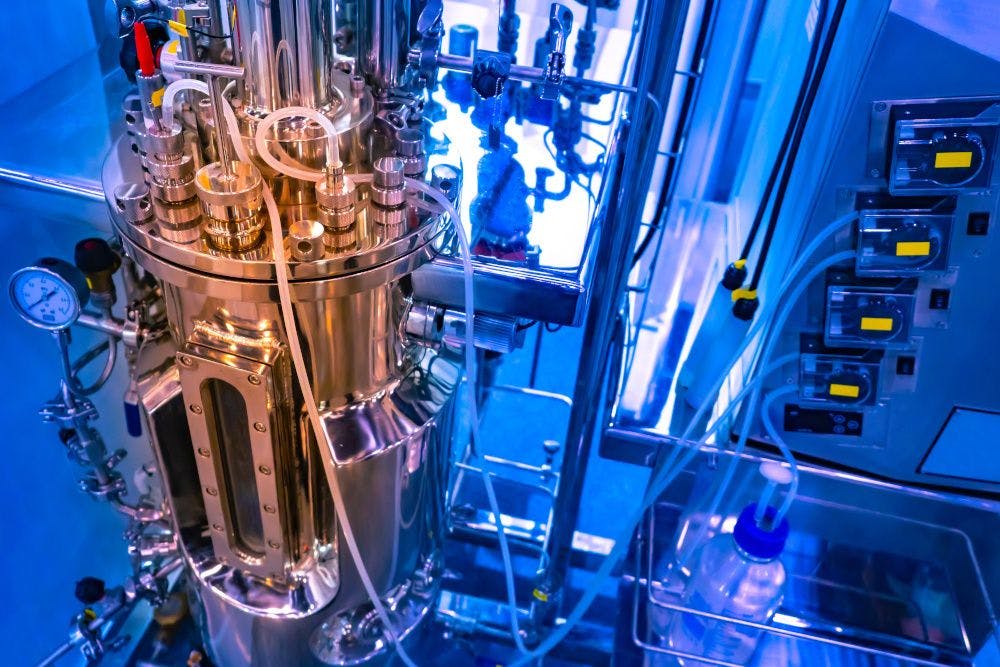The health promise of postbiotic ingredients
Postbiotics are still at the beginning of their market journey while promising a multitude of health benefits.
Photo © Shutterstock.com

In the beginning, there were probiotics. And they were wildly popular. (Still are, by most measures.) Then along came prebiotics, which consumers and wellness brands alike embraced for their purported ability to nourish and promote those aforementioned probiotics.
So now that society’s gone from pro- to pre-, could it be ready to come full-circle to post-, as in postbiotics?
That may depend on whom you ask. For while some consumers and health professionals have caught on to the growing buzz surrounding these substances, a broader swath of the public will have to tune in before attention to postbiotics reaches the critical mass it has for their probiotic and prebiotic counterparts.
But that may be the supplement industry’s cue to get in on the ground floor. As Justin Green, PhD, director of scientific affairs, Embria Health Sciences (Ankeny, IA), puts it, “While consumer awareness of postbiotics is currently low, with the help of ingredients with science-backed benefits, we think this category can gain traction.”
What’s in a Name
When the Food and Agriculture Organization of the United Nations and the World Health Organization proposed a formal definition for probiotics in a joint report released in 2001—and when an expert panel of the International Society for Probiotics and Prebiotics confirmed it a dozen years later—they not only lent the probiotic category a measure of legitimacy; their actions reflected the degree of scientific and research legitimacy that probiotics had already enjoyed.
Postbiotics, alas, aren’t there yet. But academic interest and research projects are beginning to spread through the postbiotic zone.
For example, while not quite an established, consensus definition, a working characterization of postbiotics posited in a 2019 International Journal of Molecular Sciences article1 stands as a strong start: As the study’s authors write, “Postbiotics are bioactive compounds produced by food-grade microorganisms during a fermentation process. Postbiotics include microbial cells, cell constituents, and metabolites.”
The definition by its nature underscores the relationship between postbiotics and probiotics. As Green explains, “You can think of probiotic microorganisms as factories whose function is to produce metabolites. If probiotics survive and colonize, they set up factories in the gut where they can deliver specific metabolites. Prebiotics are the fuel that provides energy to the metabolite factories already in our guts. And postbiotics deliver the goods themselves: the metabolites produced through fermentation.”
New to the ‘-biotics’ Field
Among those metabolites are short-chain fatty acids, microbial cell fractions, functional proteins, extracellular polysaccharides, cell lysates, teichoic acid, peptidoglycan-derived muropeptides, and pili-type structures, the study’s authors note.
They also acknowledge that even as we learn more about postbiotics, we’re still treading uncharted ground, calling postbiotic “a rather new term in the ‘-biotics’ field.”
How new? While a PubMed search for the terms probiotics and prebiotics turned up fully 3,667 published research papers for 2018—part of a steady upward trend over the past four decades—a search over the same period for postbiotics and related terms like paraprobiotics, nonviable microbial cells, and fermented infant formulas yielded only 25 published papers, with the first mentions appearing in the scientific literature only after 1986.
Encouraging Evidence
Yet just as the growth curve for probiotic and prebiotic research has trended upward and to the right, our knowledge about postbiotics’ potential health benefits is heading in a similar trajectory
“Emerging science suggests that consuming postbiotics may support a healthy gut ecology and positively modulate gut microbiota,” Green notes. And that’s only the start.
Research indicates that a variety of postbiotic signaling molecules may have anti-inflammatory, immunomodulatory, anti-obesogenic, antihypertensive, hypocholesterolemic, anti-proliferative, and antioxidant activities, according to the authors of a 2018 study2. And while the precise mechanisms whereby these molecules exert their beneficial effects remain under study, researchers are rightly encouraged by the evidence of the effects themselves.
Ingredients in Action
Green notes that Embria’s EpiCor ingredient is a postbiotic whole-food fermentate whose “unique fingerprint of metabolites” is clinically shown to modulate gut microbiota and support the immune system. “The latest published human clinical study3 on the ingredient shows it can shift the gut microbiota at a low daily dose of 500 mg without the side effects common to prebiotic fibers, like bloating,” he says.
That should win with consumers. “Market data and the feedback we receive tell us that interest in digestive and immune health continues to grow,” he says, citing a 2019 CRN consumer survey that ranked immune health among the top-three reasons consumers take supplements, with digestive/gastrointestinal health among the top 10.
“Consumers are always looking for new, better ways to support their health,” Green says, “and brands can take advantage of their growing knowledge of the gut microbiota and increased interest in immune health by developing postbiotic products that address these concerns.”
Fulfillment Opportunities
Green points out that supplements have traditionally been postbiotic vehicles—and still do the job well. “But today’s consumers increasingly turn to functional foods and beverages for health and wellness benefits, and in response we’ve begun partnering with food and beverage makers to help them develop products,” he says.
Nutrition bars, shots, and wellness formats are especially good fits for postbiotic ingredients. “We’ve created prototypes using EpiCor in everything from snack bars and chocolate to gummies and beverage shots,” he says. And while the ingredient does have a savory flavor and brown hue, “when paired with the right food or beverage, we can mask those attributes or even let them enhance flavor.”
Going Somewhere
Better yet, postbiotics have a practical advantage over probiotics. As Green says, “Probiotics are inherently more unstable than the metabolites in postbiotics because the former must remain alive through processing and packaging until they reach the consumer’s gut. By contrast, postbiotics are produced using fermentation outside the body, under highly controlled conditions. They’re heat tolerant and highly stable to pH and other conditions, making them easy to work with and incorporate into supplements, and even into foods and beverages.”
And while it’s not necessarily more effective to deliver postbiotics in a trio with probiotics and prebiotics, “given that this is a novel category with not many products laying claim to postbiotics,” Green says, “savvy manufacturers can use postbiotics to help differentiate their prebiotic, probiotic, or synbiotic offerings.”
No wonder he’s confident that postbiotics are going somewhere. “It seems clear that interest in and demand for products that support health will increase,” he says. As research mounts and awareness grows, “We’re optimistic about the future of postbiotics.”
References
- Wegh CAM et al. “Postbiotics and their potential applications in early life nutrition and beyond.” International Journal of Molecular Sciences, vol. 20, no. 19 (October 2019): 4673
- Aguilar-Toalá JE et al. “Postbiotics: An evolving term within the functional foods field.” Trends in Food Science & Technology, vol. 75 (May 2018): 105-114
- Pinheiro I et al. “A yeast fermentate improves gastrointestinal discomfort and constipation by modulation of the gut microbiome: results from a randomized double-blind placebo-controlled pilot trial.” BMC Complementary and Alternative Medicine, vol. 17, no. 1 (September 4, 2017): 441

Prinova acquires Aplinova to further increase its footprint in Latin America
April 7th 2025Prinova has recently announced the acquisition of Brazilian ingredients distributor Aplinova, which is a provider of specialty ingredients for a range of market segments that include food, beverage, supplements, and personal care.























